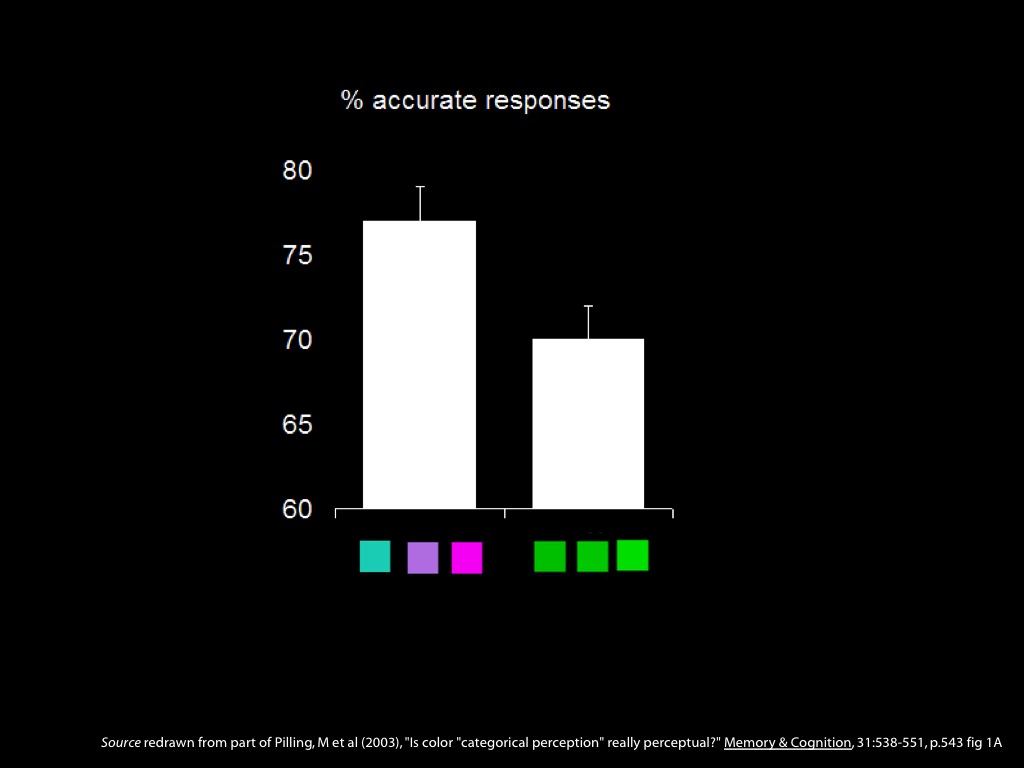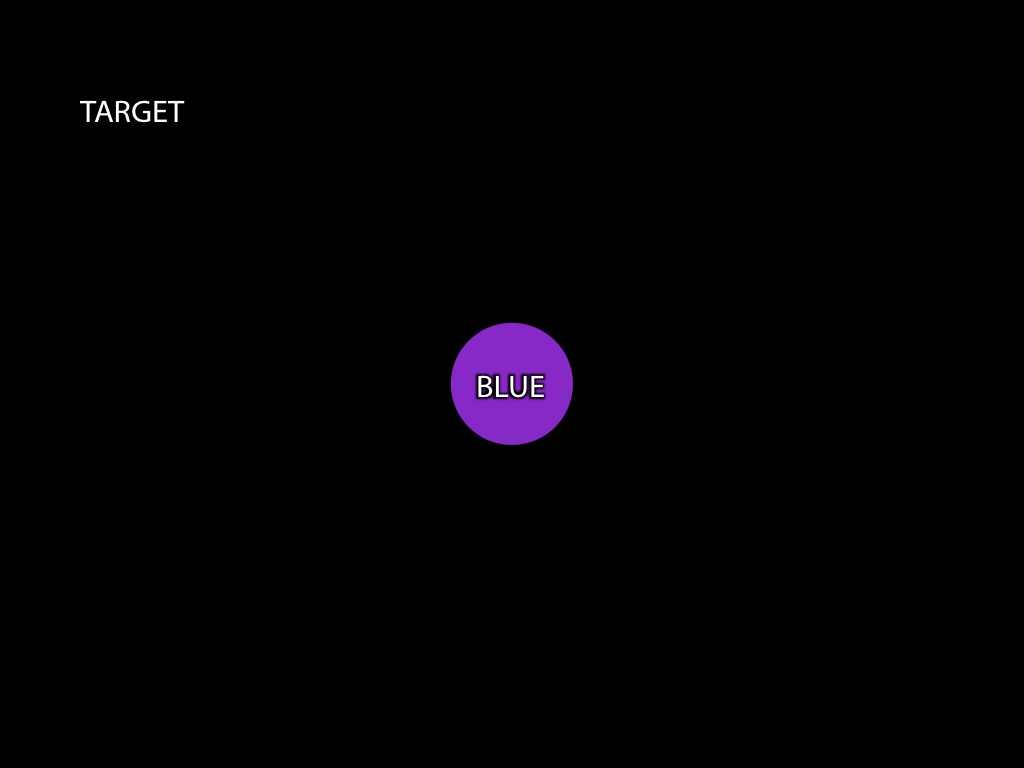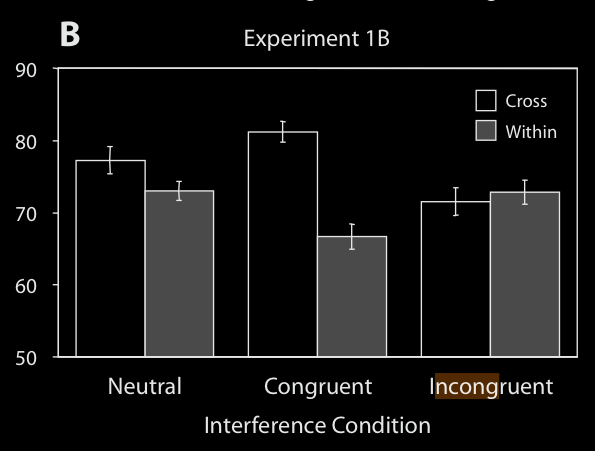Click here and press the right key for the next slide (or swipe left)
also ...
Press the left key to go backwards (or swipe right)
Press n to toggle whether notes are shown (or add '?notes' to the url before the #)
Press m or double tap to slide thumbnails (menu)
Press ? at any time to show the keyboard shortcuts
Is Categorical Perception Core Knowledge?
‘core systems are
- largely innate,
- encapsulated, and
- unchanging,
- arising from phylogenetically old systems
- built upon the output of innate perceptual analyzers’
(Carey and Spelke 1996: 520)
Modules are ‘the psychological systems whose operations present the world to thought’; they ‘constitute a natural kind’; and there is ‘a cluster of properties that they have in common’
- innateness
- information encapsulation
- domain specificity
- limited accessibility
- ...
How are infants’ and adults’ categorical preception of colour related?
Witzel & Gegenfurtner, 2018:
Categorical perception in adults is (mostly) unrelated to cone-opponent mechanisms.
Skelton et al, 2017:
Categorical perception in infants is (mostly) related to cone-opponent mechanisms.

Skelton et al, 2017 figure 2
‘This of course cannot account for infants’ categorical distinction between red and yellow’
Witzel & Gegenfurtner, 2018:
Categorical perception in adults is (mostly) unrelated to cone-opponent mechanisms.
Skelton et al, 2017:
Categorical perception in infants is (mostly) related to cone-opponent mechanisms.
How are infants’ and adults’ categorical preception of colour related?
In adults, categorical perception of colour disappears in the face of predictable verbal interference but not non-verbal interference
(Roberson, Davies and Davidoff 2000: 985; Pilling, Wiggett, et al. 2003: 549-50; Wiggett and Davies 2008)






source: Wiggett and Davies 2008, Experiment 1B
In adults, categorical perception of colour disappears in the face of predictable verbal interference but not non-verbal interference
(Roberson, Davies and Davidoff 2000: 985; Pilling, Wiggett, et al. 2003: 549-50; Wiggett and Davies 2008)
‘surprising it would be indeed if I have a perceptual experience as of red because I call the perceived object ‘red’’
(Stokes 2006: 324-5).
English

Roberson & Hanley 2010, Figure 1c
Berinmo

Roberson & Hanley 2010, Figure 1b
The extensions of colour terms vary between languages.
(E.g. Russian colour terms include ‘goluboy’ (for lighter blues) and ‘siniy’ (for darker blues).)
Roberson and Hanley, 2007; Winawer et al, 2007
Infants’ and toddlers’ perceptual categories are not influenced by the extensions of colour terms.
Franklin et al, 2005
Therefore:
Infants’ perceptual categories do not match adults’ perceptual categories.
How are infants’ and adults’ categorical preception of colour related?
Infant vs adult differences
- effects of specifically verbal interference (Roberson, Davies and Davidoff 2000: 985; Pilling, Wiggett, et al. 2003: 549-50; Wiggett and Davies 2008)
- different categorical boundaries
- short-term perceptual learning (Ozgen and Davies 2002)
- different neural correlates (Franklin, Drivonikou, et al. 2008)
... or not?
- adult categorical perception in right visual field (RVF) only [??]
(Drivonikou et al. 2007; Gilbert et al 2006; Gilbert et al 2008; Zhou et al, 2010) - training affects RVF only [??]
How are infants’ and adults’ categorical preception of colour related?
‘core systems are
- largely innate,
- encapsulated, and
- unchanging,
- arising from phylogenetically old systems
- built upon the output of innate perceptual analyzers’
(Carey and Spelke 1996: 520)
Modules are ‘the psychological systems whose operations present the world to thought’; they ‘constitute a natural kind’; and there is ‘a cluster of properties that they have in common’
- innateness
- information encapsulation
- domain specificity
- limited accessibility
- ...